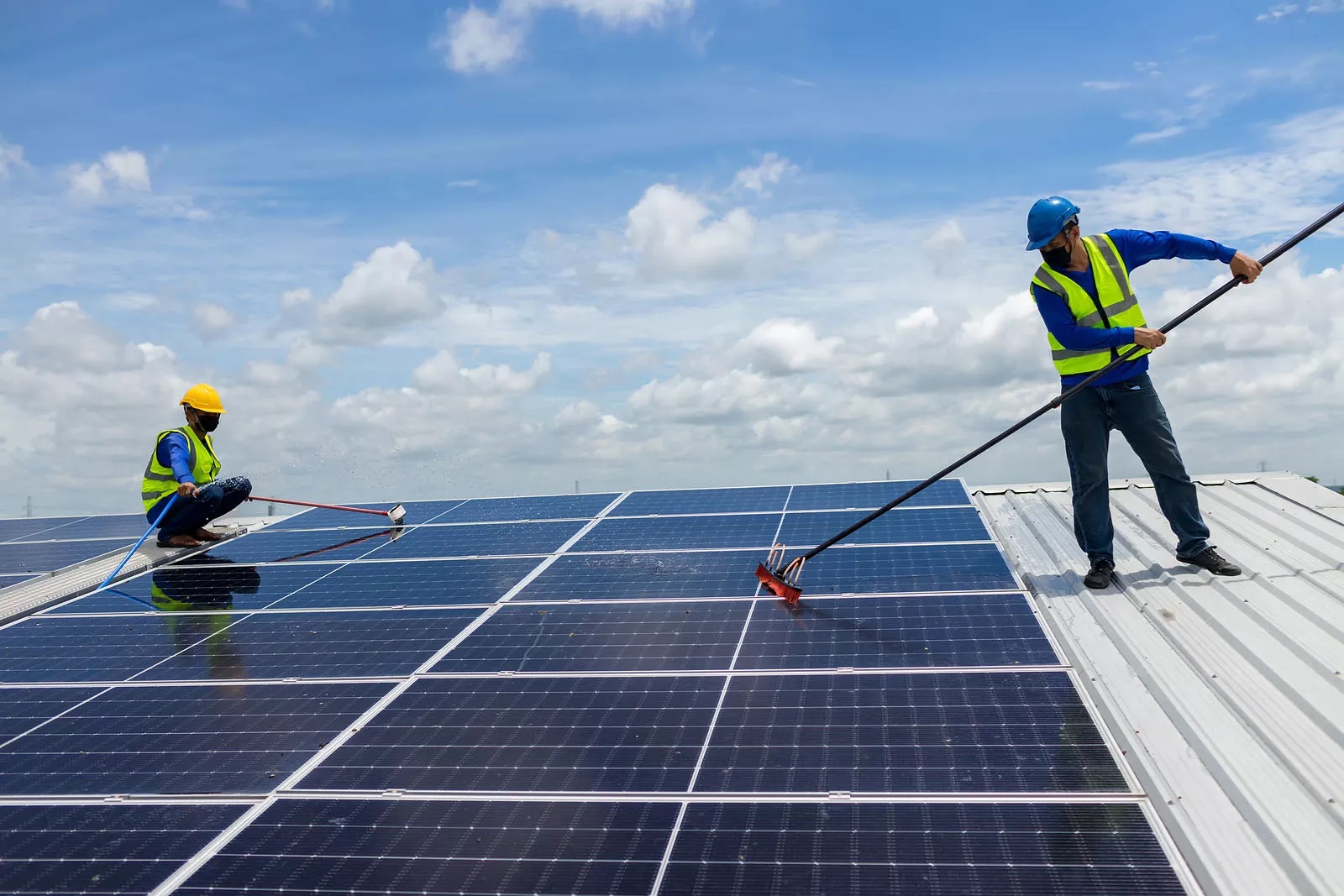Ensuring safety during power installation projects is crucial to prevent injuries, ensure the well-being of workers, and maintain the integrity of the electrical system being installed. From training and certification of electricians to regular inspections and continuous safety training, numerous factors contribute to a safe work environment. Here’s a comprehensive look at these key safety considerations.
Importance of Safety in Power Installation
Safety in power installation projects is paramount. Electrical work involves various risks, including electric shocks, burns, and other potentially fatal injuries. Ensuring safety helps prevent these risks, protecting workers and the public. Additionally, it prevents costly disruptions and damages that can occur from accidents.
Training and Certification of Electricians
The first step in ensuring safety is to have trained and certified electricians on the job. Certification programs typically include rigorous training in electrical theories, code requirements, and hands-on practice. Certified electricians are better equipped to handle the complexities of power installation and are aware of the safety standards they need to adhere to.
Understanding Electrical Hazards
Understanding the hazards associated with electrical work is crucial for safety. This includes recognizing the dangers of exposed wires, the risks associated with high voltage, and the potential hazards of working near water. Proper knowledge helps electricians take the necessary precautions to mitigate these risks.
Proper Use of Personal Protective Equipment (PPE)
Personal Protective Equipment (PPE) is essential for the safety of electrician. PPE includes items such as gloves, safety glasses, hard hats, and arc flash clothing. Each piece of equipment serves a specific purpose and protects against particular hazards encountered during electrical work.
Adherence to Safety Codes and Regulations
There are numerous safety codes and regulations designed to protect workers during power installation projects. These regulations ensure that electrical installations meet safety standards that prevent accidents and injuries. Compliance is not just a legal obligation but a moral one to ensure the safety of everyone involved.
Risk Assessment and Hazard Identification
Before starting any power installation project, it is crucial to conduct a thorough risk assessment. This process involves identifying potential hazards that could arise during the project and evaluating the risks associated with them. Once identified, measures can be put in place to mitigate these risks.
Safe Work Practices and Procedures
Establishing and following safe work practices and procedures is another vital aspect of safety. This includes everything from the correct method to install wiring to ensuring all equipment is de-energized before beginning work. Consistent adherence to these practices minimizes the likelihood of accidents.
Emergency Response and First Aid Training
Despite all precautions, emergencies can still occur. Therefore, it is essential for all electricians to have basic first aid training and know the emergency procedures. Knowing what to do in an emergency can prevent injuries from becoming more severe and can save lives.
Regular Inspections and Maintenance
Regular inspections and maintenance of both the tools and the installation site help prevent accidents. Worn out tools or degraded materials can be hazards, so it’s important to inspect and replace them as needed. Regular maintenance ensures that all equipment functions correctly and safely.
Continuous Safety Training and Education
Finally, continuous safety training and education are crucial for maintaining safety standards. The field of electrical work is always evolving, with new technologies and methods being developed. Ongoing training ensures that electricians are up to date on the latest safety protocols and electrical technologies.
In conclusion, safety in power installation projects is a multifaceted issue that requires attention to training, understanding of hazards, use of protective equipment, adherence to safety codes, and ongoing education. By prioritizing these elements, the risks associated with power installation can be significantly reduced, ensuring a safe environment for everyone involved.








